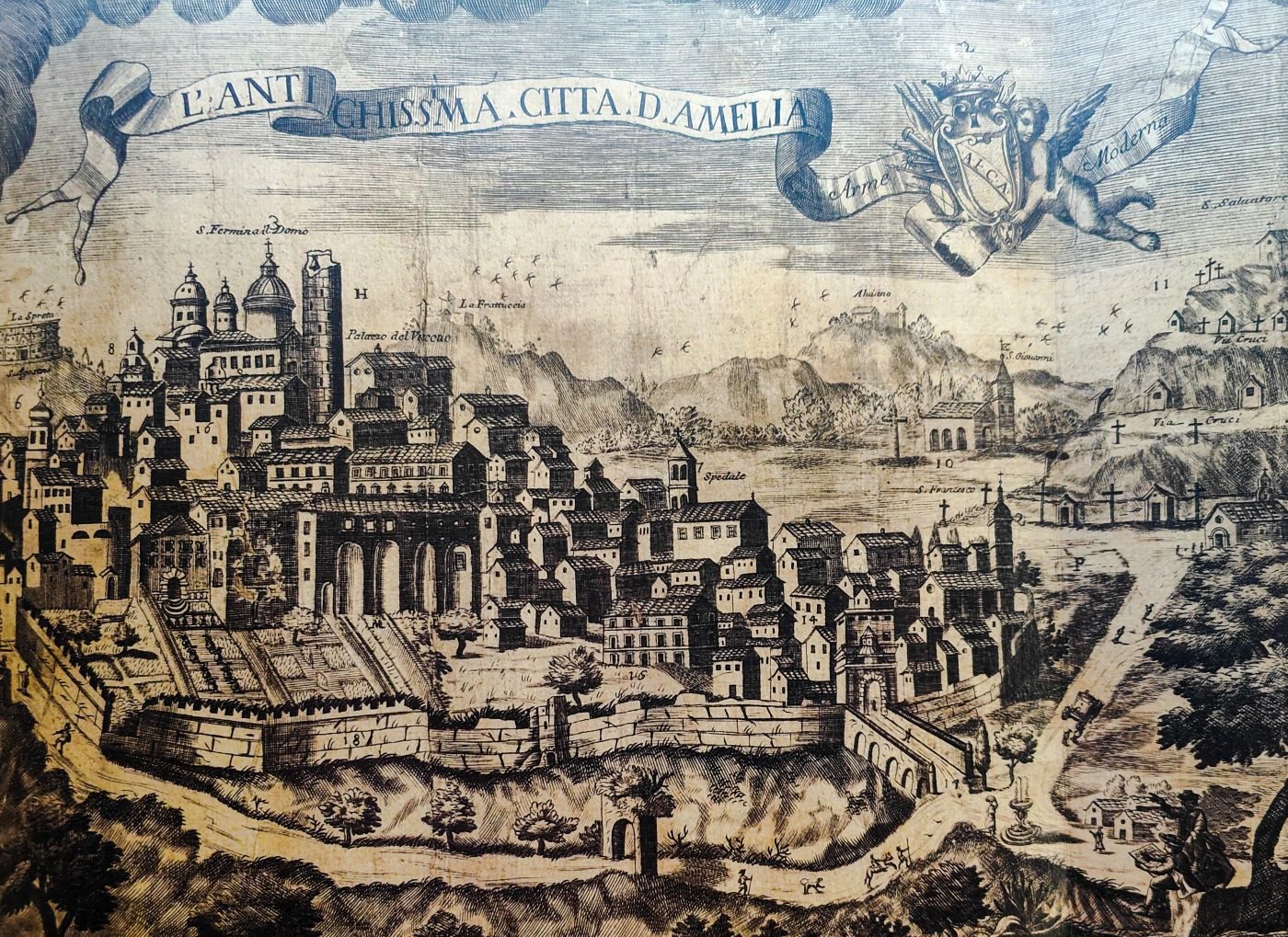
Amelia International Conservation Studies
Analyzing, Documenting and Restoring Archaeological Ceramics
From Fragment to Understanding
Program Description
Amelia International Conservation Studies offers a unique opportunity to explore the fascinating world of archaeological ceramics. This hands-on course provides a comprehensive understanding of the analysis, documentation, and restoration of these invaluable artifacts.
What sets this course apart:
Integrated Approach: Learn from experienced field archaeologists and conservators who bridge the gap between theory and practice.
Real-World Application: Gain practical skills by working directly with original archaeological ceramics, providing an unparalleled learning experience.
Tailored Learning: Whether you aspire to be a professional ceramic restorer, an archaeological specialist, or a cultural heritage manager, this course equips you with the essential knowledge and skills for your chosen path.
Course Highlights:
In-depth analysis: Explore various analytical techniques to understand the composition, technology, and history of ceramic artifacts.
Detailed documentation: Master the art of thorough and precise documentation, ensuring the preservation and interpretation of archaeological context.
Sensitive restoration: Acquire practical conservation skills, learning ethical and effective methods for stabilizing and preserving fragile ceramics.
Who should enroll?
This course is ideal for students of:
Archaeology
Anthropology
Art History
Art Restoration
Museum Studies
Cultural Heritage Management
Classical Studies
History of Technology
and anyone with a passion for history, art, or archaeology who wants to gain a deeper understanding of ancient cultures through their ceramic remains.
Amelia International Conservation Studies
July 14 - August 8, 2025
Amelia, Italy
Course 1
Instructor: Prof. Nicola Pagani
Analyzing, Documenting Archaeological Ceramics
The lectures provide a comprehensive understanding of traditional ceramic technology, tracing its development from its inception to the 19th Century.
The course explores the materials and production techniques used throughout history in the Western world. It also explores historical classifications of architectural ceramics and pottery discovered in Italian archaeological sites.
In the afternoon sessions, students get hands-on experience analyzing archaeological artifacts from local digs (6th C. BC – 19th C. AD). They learn to identify and categorize ceramic fragments, conduct typology analysis of "diagnostic" fragments, create analytical drawings and diagrams, and document and catalog ceramic fragments.
Course 2
Instructor: Prof. Nicola Pagani
Restoring Archaeological Ceramics
The subsequent three weeks of the program are led by a team of restorers, all graduates of the Istituto Centrale per il Restauro, the restoration school in Rome, with a specialization in ceramics restoration and conservation.
Through lectures and workshops, students are introduced to the theoretical and practical aspects of restoring archaeological pottery.
They work on archaeological materials borrowed from the Soprintendenza Speciale Archeologia Belle Arti e Paesaggio di Roma and the Soprintendenza Archeologia, Belle Arti e Paesaggio dell'Umbria.
Under the watchful guidance of their instructors, students engage in cleaning, restoring, and documenting pottery. The workshop equips students with various skills including different techniques of cleaning ceramic fragments, reassembling pottery from existing fragments, filling in the gaps left in the pottery post-reassembly, aesthetically treating the infilling for display purposes, and documenting the restoration process.



